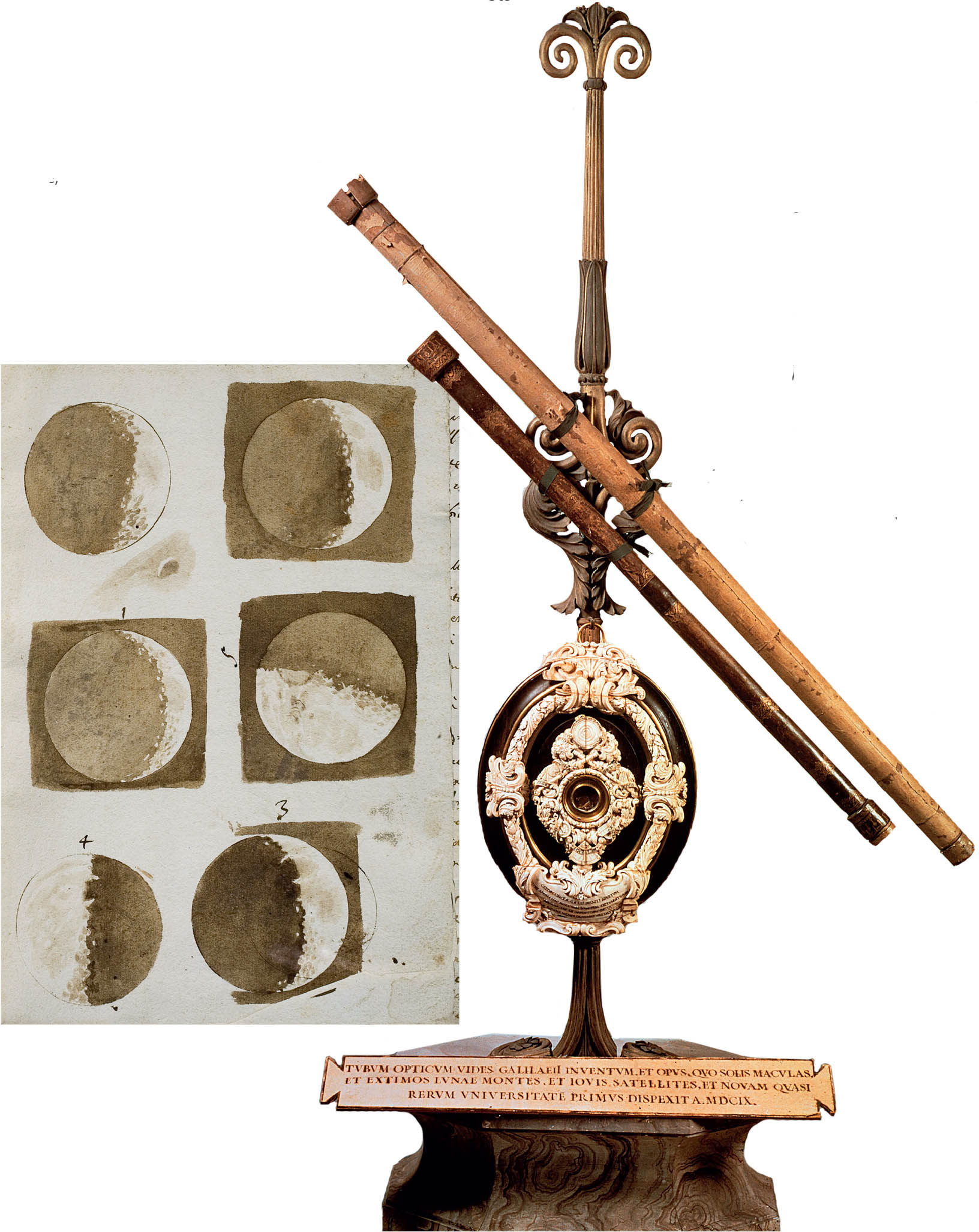A History of World Societies:
Printed Page 559
A History of World Societies Value
Edition: Printed Page 559
Chapter Chronology
Astronomy and Physics
The first great departure from the medieval understanding of cosmology was the work of the Polish cleric Nicolaus Copernicus (1473–1543). Copernicus studied astronomy, medicine, and church law at the famed universities of Bologna, Padua, and Ferrara before taking up a church position in East Prussia. Copernicus came to believe that Ptolemy’s cumbersome rules detracted from the majesty of a perfect creator. He preferred an idea espoused by some ancient Greek and Arab scholars: that the sun, rather than the earth, was at the center of the universe. Without questioning the Aristotelian belief in crystal spheres, Copernicus theorized that the stars and planets, including the earth, revolved around a fixed sun. Fearing the ridicule of other astronomers, Copernicus did not publish his On the Revolutions of the Heavenly Spheres until 1543, the year of his death.
One astronomer who agreed with the Copernican hypothesis was the Danish astronomer Tycho Brahe (TEE-koh BRAH-hee) (1546–1601). Brahe established himself as Europe’s leading astronomer with his detailed observations of a new star that appeared suddenly in 1572 and shone very brightly for almost two years. The new star, which was actually a distant exploding star, challenged the idea that the heavenly spheres were unchanging and therefore perfect. Aided by grants from the king of Denmark, Brahe built the most sophisticated observatory of his day. Upon the king’s death, Brahe acquired a new patron in the Holy Roman emperor Rudolph II and built an observatory in Prague. For twenty years Brahe observed the stars and planets with his naked eye in order to create new and improved tables of planetary motions, dubbed the Rudolphine Tables in honor of his patron.
Brahe’s assistant, Johannes Kepler (1571–1630), carefully re-examined his predecessor’s notations and came to believe that they could not be explained by Ptolemy’s astronomy. Abandoning the notion of epicycles and deferents, Kepler developed three revolutionary laws of planetary motion. First, he demonstrated that the orbits of the planets around the sun are elliptical rather than circular. Second, he demonstrated that the planets do not move at a uniform speed in their orbits. When a planet is close to the sun it moves more rapidly, and it slows as it moves farther away from the sun. Finally, Kepler’s third law stated that the time a planet takes to make its complete orbit is precisely related to its distance from the sun.
Kepler’s contribution was monumental. Whereas Copernicus had speculated, Kepler used mathematics to prove the precise relations of a sun-centered (solar) system. His work demolished the old system of Aristotle and Ptolemy, and in his third law he came close to formulating the idea of universal gravitation (see “Newton’s Synthesis”). In 1627 he also completed Brahe’s Rudolphine Tables, which were used by astronomers for many years.

Galileo’s Telescopic Observations of the Moon Among the many mechanical devices Galileo invented was a telescope that could magnify objects twenty times (other contemporary telescopes could magnify objects only three times). Using this telescope, he obtained the empirical evidence that proved the Copernican system. He sketched many illustrations of his observations, including the six phases of the moon, two of which are shown here. (moon: Biblioteca Nazionale, Florence, Italy/Rabatti-Domingi/akg-images; telescope: Museo delle Scienze, Florence, Italy/akg-images)
While Kepler was unraveling planetary motion, a young Florentine named Galileo Galilei (1564–1642) was challenging Aristotelian ideas about motion on earth. Like Kepler and so many early scientists, Galileo was a poor nobleman first marked for a religious career. Instead his fascination with mathematics led to a professorship in which he examined motion and mechanics in a new way. Galileo focused on deficiencies in Aristotle’s theories of motion. He measured the movement of a rolling ball across a surface, repeating the action again and again to verify his results. In his famous acceleration experiment, he showed that a uniform force — in this case, gravity — produced a uniform acceleration. Through another experiment, he formulated the law of inertia. He found that rest was not the natural state of objects. Rather, an object continues in motion forever unless stopped by some external force. His discoveries proved Aristotelian physics wrong.
On hearing details about the invention of the telescope in Holland, Galileo made one for himself in 1609. He quickly discovered the first four moons of Jupiter, which clearly demonstrated that Jupiter could not possibly be embedded in an impenetrable crystal sphere as Aristotle and Ptolemy maintained. This discovery provided concrete evidence for the Copernican theory, in which Galileo already believed. Galileo then pointed his telescope at the moon. He wrote in 1610 in Sidereus Nuncius:
By the aid of a telescope anyone may behold [the Milky Way] in a manner which so distinctly appeals to the senses that all the disputes which have tormented philosophers through so many ages are exploded by the irrefutable evidence of our eyes, and we are freed from wordy disputes upon the subject.1
Reading these famous lines, one feels a crucial corner in Western civilization being turned. No longer should one rely on established authority. A new method of learning and investigating was being developed, one that proved useful in any field of inquiry.
